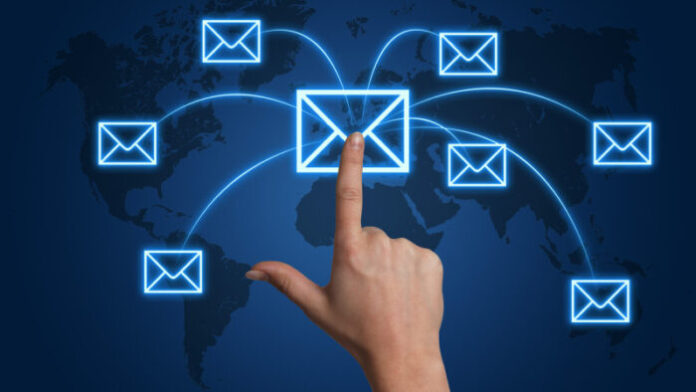The possibilities when you have an email list are truly endless. Because of the effectiveness of email, it seems almost every type of company and even individuals have hopped on the bandwagon. It’s used by stores, restaurants, salons, singers and bands, and even bloggers or journalists. With email marketing, you can have a newsletter or promotion that goes out instantaneously. There are no printing or mailing costs like there are with flyers, postcards or traditional newsletters.
Have something time-sensitive, yet last minute? Email is the answer. You probably check your email address every day. If you do, you’re in the majority. Email is a manageable undertaking and can even be fun. Nonetheless, there are three main things people don’t realize or take into consideration about having an email list.

It takes dedication
If you’re thinking you want to have an email campaign a few times a year, like something you send out quarterly or every Christmas or New Year, forget it!
The more time you let pass between your emails, the less engagement you’re going to get and the more spam complaints. You’ll bring more trouble than rewards and it would not be a good use of time. By sending so few emails per year, you’re driving your readership down. So what’s the point then? Why put your hard work and creativity into an email that few even see?
An email newsletter should be sent out no less than monthly – bimonthly (six times a year) is really the bare minimum, and that’s pushing it. Also, it’s best to test what frequency is best for your audience. Look at the engagement rates. Maybe they’d love to hear from you every week? Or perhaps every other week is the sweet spot?
According to ZeroBounce whatever your frequency is, the best practice is to send your email at the same time. If you want to send out emails weekly, pick the day that makes the most sense and stick with it. For instance, a bar or restaurant may find it’s most beneficial to send out an email offering food or drink special on Friday because so many people go out on the weekends.
Think about your audience and go from there.
I recall signing up for a stationery store’s email list. They sell personalized printed letterheads, envelopes, etc. You would be surprised how often they were emailing me. I mean, how often does one need to think about their business correspondence? Well, they were sending out an email daily. While that shows a lot of dedication, it’s lacking in common sense. It annoyed me and with no option to receive fewer emails, I unsubscribed.
Find out the rhythm that makes sense and dedicate yourself to stay on schedule.

It takes effort and awareness
Having an email list takes effort as you can probably already see. It’s more than simply writing the copy. It’s editing and revising. Also, it’s a good idea to have someone else proofread the emails before they go out. On top of that, make sure your template renders well, on both desktop and mobile. You’ll need to test your emails before sending.
You also need awareness of how your list changes. Even the highest quality list will slowly (or quickly) decline in quality. Like anything of value, maintenance is key.
So, if you’re going to have an email list, you’ll need to use an email validator a few times a year. Thus, you’ll maintain a good sending reputation, which is what internet service providers (ISPs) look at to determine if you are a legitimate sender or a spammer.
Every email sender has a sender reputation or score. There are many types of harmful email addresses that can damage your sender reputation without you even knowing it. Invalid, catch-all, role-based, spam traps and abuse email addresses can look exactly like any old email address but will cause your bounce rate to go up and your sender reputation to go down.
So, using a reputable email list verification service is a must. You would upload your list to the site’s platform which would separate the bad email addresses from the valuable ones. The bad email addresses should be culled without mercy.
Also, you can use an email verification API on any web sign-up forms to validate emails in real time. That way, inferior quality email addresses stay off of your list in the first place.

It takes reliable technology
When it comes to choosing your email service provider (ESP), you must be able to count on that platform. Are they using an IP with a good reputation for sending emails?
You can get a dedicated IP or rely on a shared IP. However, it needs to be a trustworthy IP. You may be doing everything right, but if your email service provider sends your emails using the same IP as a spammer, you’ll suffer. It’s also good to be able to reach a live person if you get into trouble.
Then, reliable technology also means that your email verification company has a guarantee of at least 98% accuracy. Perfection is not attainable in this regard. Anyone who promises 100% accuracy is being dishonest. Furthermore, because you’re uploading your list to their platform, a company that takes privacy and information confidentiality seriously is necessary. Like your email service provider, you can’t put a price on 24-hour tech support.

It’s totally worth it
The success of any effort can be all about trial and error. Experience really is the best teacher. If you have the desire to have a successful email list, you should learn as much as possible about what best practices are. Don’t be afraid to experiment and try new things, but if you take into consideration the tips above, you’ll be one step ahead of the game.









